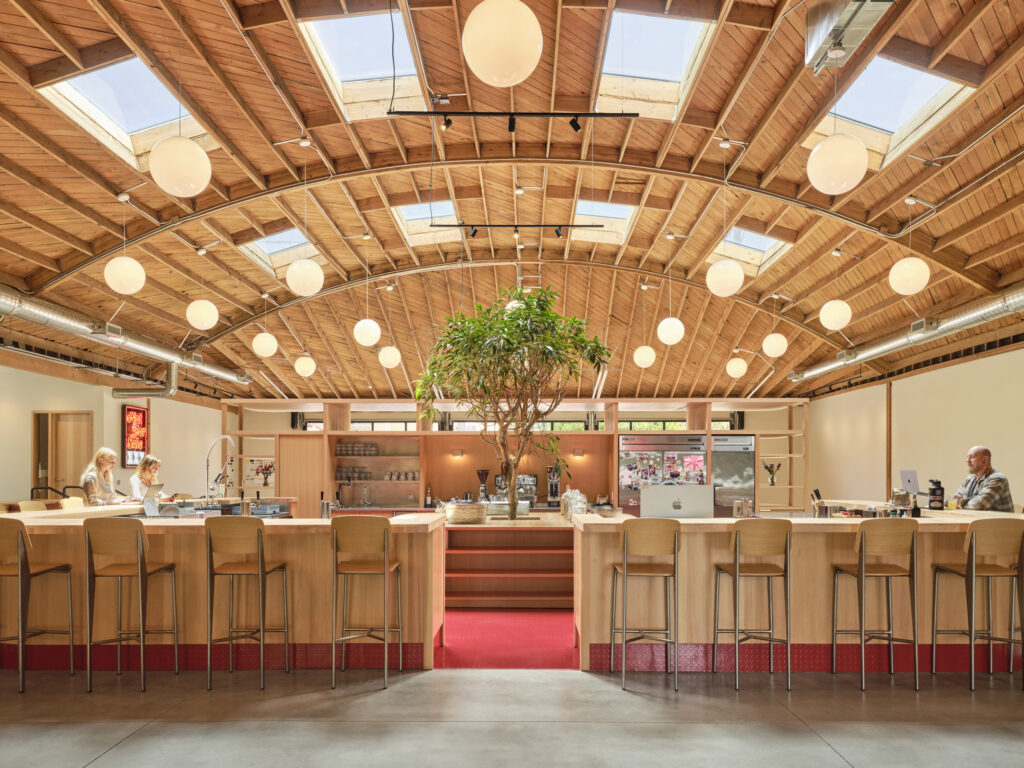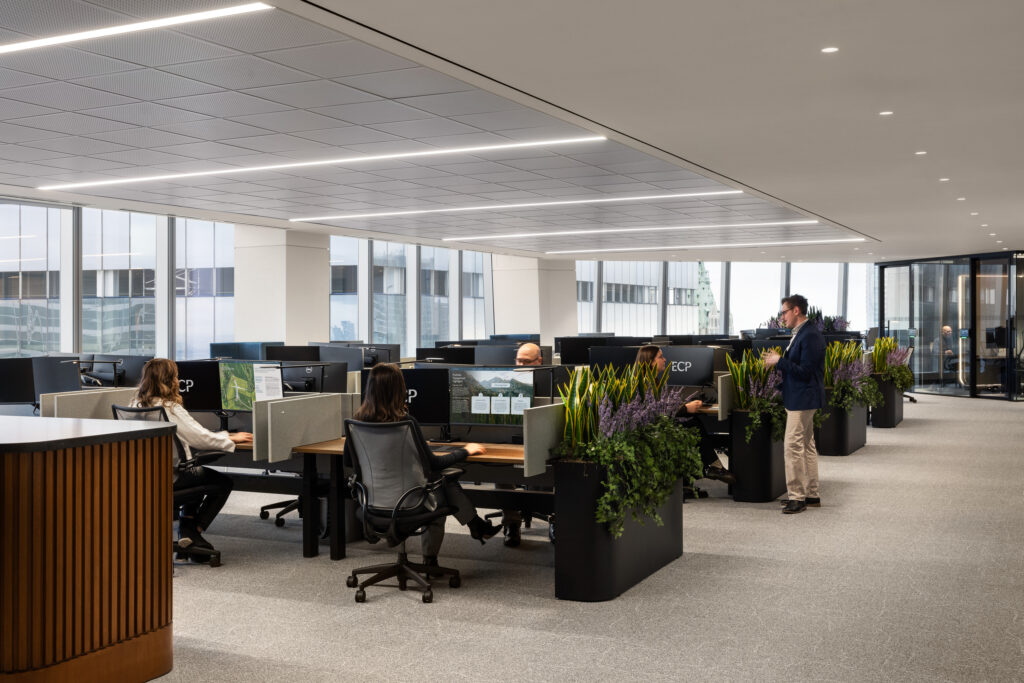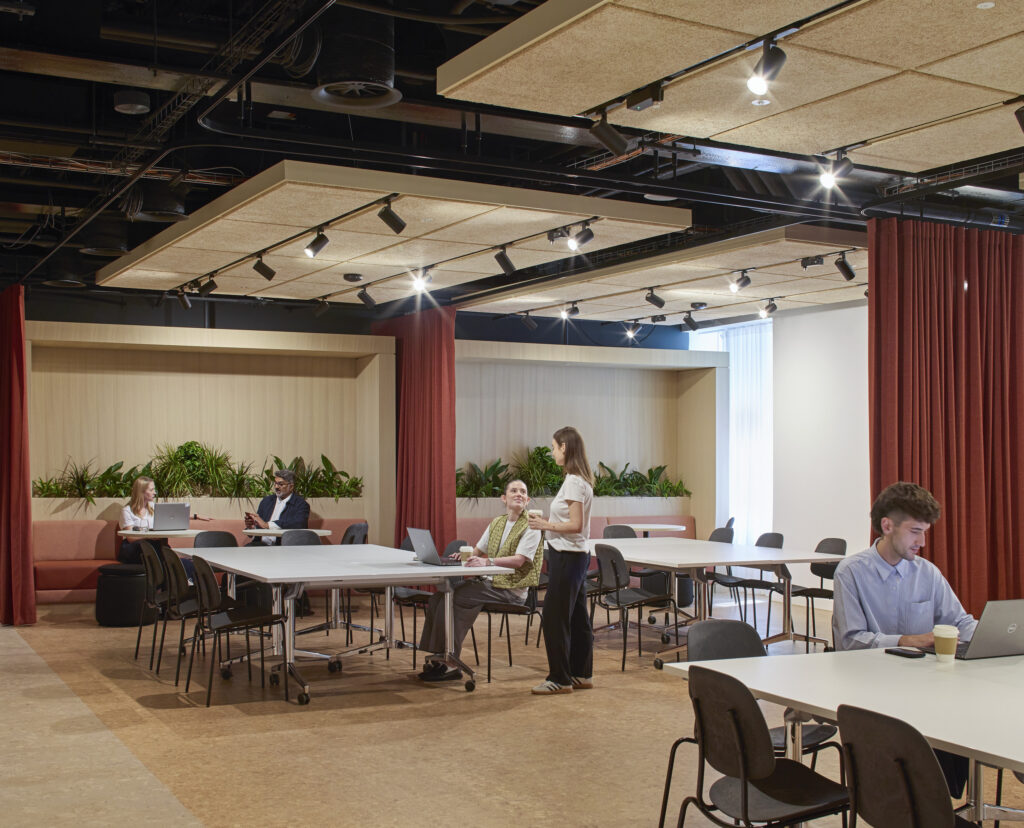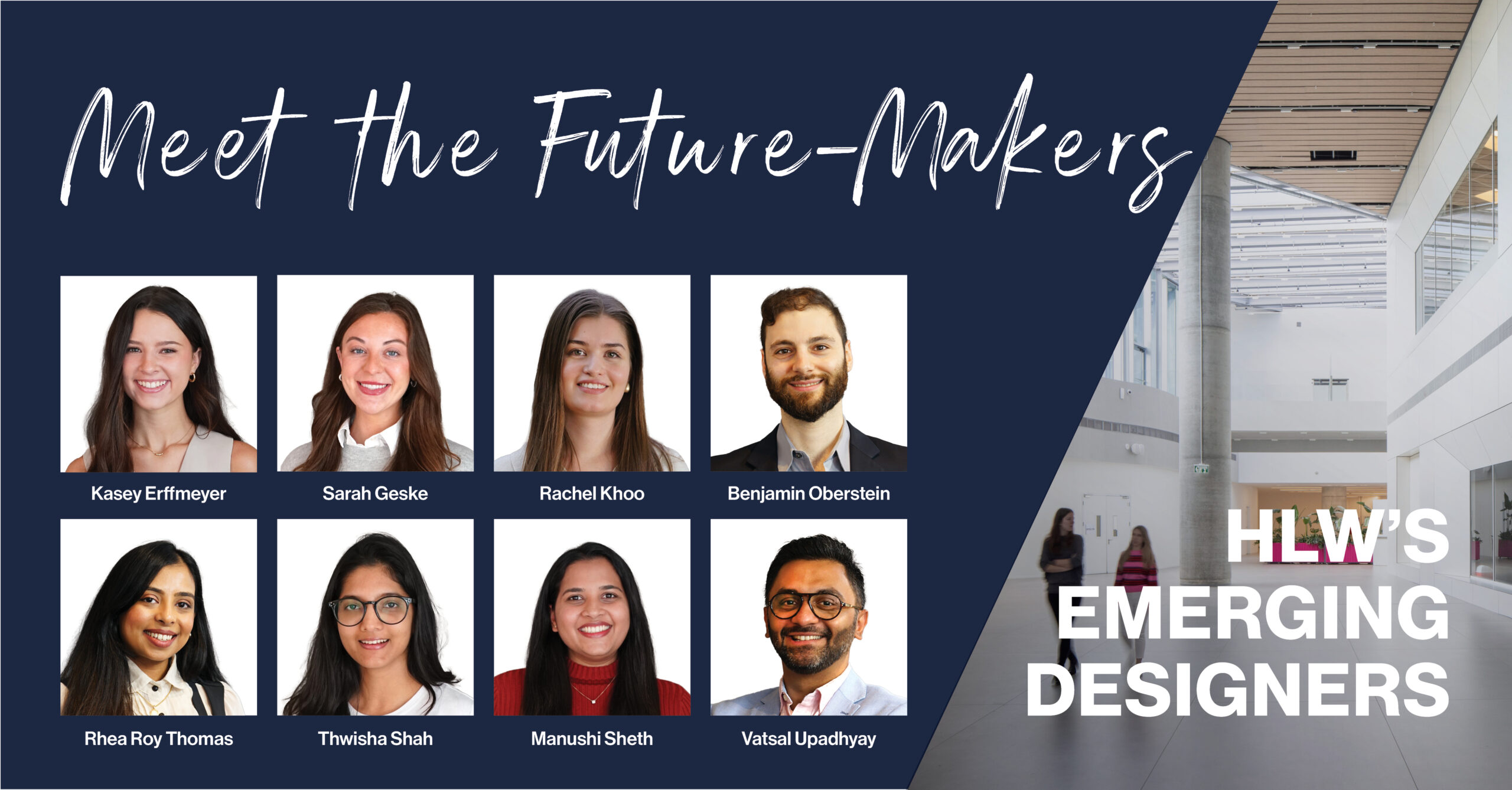Insight
The Future of Commercial Architecture: 10 Trends That Will Define the Next Decade
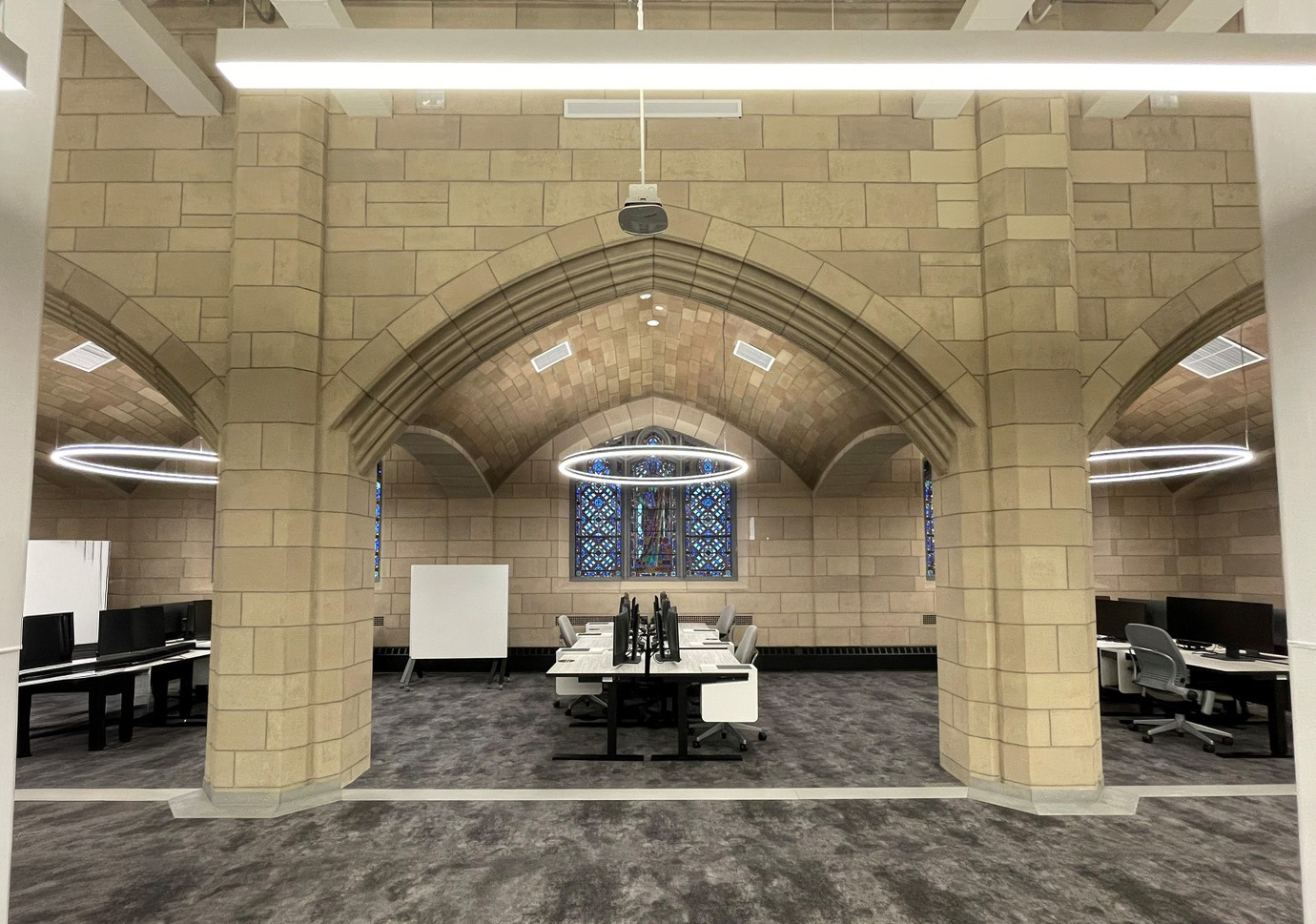
As the world changes through new technology, environmental pressures, and evolving work patterns, commercial architecture is entering a period of significant change. Buildings are now being designed with a deeper focus on how they respond to people and the environment, moving beyond surface-level considerations to address long-term adaptability and impact.
Here are 10 key trends that will define the next decade of commercial architecture:
1. Adaptive Reuse & Retrofit Projects:
New construction is giving way to smarter use of existing spaces. Architects are finding new potential in underused buildings by transforming them into active, mixed-use spaces. These projects often emerge from a broader shift in priorities, where environmental responsibility, economic practicality, and the renewal of urban areas play a central role in shaping design decisions.
2. Timber and Low-Carbon Materials:
The commercial sector is embracing mass timber, recycled steel, and low-carbon concrete. These materials redefine the material palette of future commercial buildings as they are not only environmentally friendly but also meet modern design and structural standards.
3. Smart Buildings & AI Integration:
From automated lighting to AI-driven HVAC systems, smart buildings are becoming standard. The main purpose of these technologies is to make buildings operate more efficiently while lowering long-term costs. They do this by improving how systems perform, strengthening oversight, and giving building managers better insight into day-to-day performance.
4. Hybrid Work and Flexible Spaces:
The pandemic accelerated a shift toward hybrid work models, and commercial architecture is catching up. Office design is shifting toward flexible arrangements that allow spaces to change over time. This approach supports evolving work patterns by making it easier to adjust how the space is used without requiring major renovations.
5. Wellness-Centered Design:
Design strategies that support health and well-being have become essential parts of commercial architecture. Features that connect people to nature and improve daily comfort are now expected rather than considered optional. Healthier workplaces are now seen as essential to productivity and employee satisfaction and have become expectations.
6. Net-Zero and Energy-Positive Buildings:
Energy-efficient is no longer enough. The next frontier is net-zero and even energy-positive commercial buildings. Many new developments are incorporating energy strategies that allow buildings to produce more power than they use. This shift reflects a growing focus on self-sufficiency and long-term environmental performance.
7. Mixed-Use Developments:
Urban planners and architects are moving away from single-purpose buildings. The future points toward communities designed to bring daily life into closer reach, where living, working, and social connection are part of a shared, walkable environment.
8. Resilient and Climate-Adaptive Design:
With extreme weather events on the rise, commercial architecture must be climate-resilient. In response to changing environmental conditions, many regions are adopting design approaches that improve resilience and reduce reliance on mechanical systems. These strategies are becoming a fundamental part of how buildings are planned and constructed.
9. Experiential Retail Spaces:
As online shopping grows, physical retail spaces are evolving into immersive, experience-driven environments. Architecture plays a key role in creating unique, branded journeys that draw customers in.
10. Circular Design and Deconstruction Planning:
Future buildings will be designed with their end-of-life in mind. This means using components that can be reused, recycled, or returned to the environment as part of a broader movement toward circular construction.
Looking Ahead
The next decade in commercial architecture is not just about bold facades and efficient layouts. It is about responsibility, resilience, and relevance. Firms that embrace these trends will lead the way in creating spaces that are smarter, greener, and more human-centric than ever.
